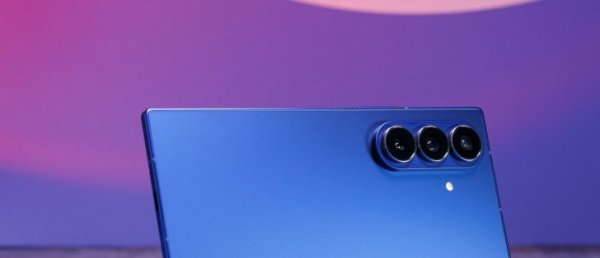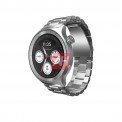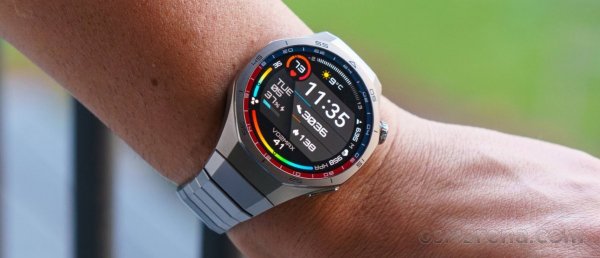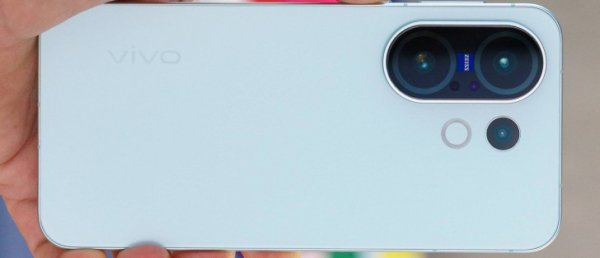
With few exceptions, smartphones are cooled passively – the new Oppo K13 Turbo and K13 Turbo Pro buck that trend and bring a tiny fan to keep their chipsets cool even during long gaming sessions.
The Oppo K13 Turbo is powered by the Dimensity 8450, a 4nm (TSMC) chip with eight Cortex-A725 cores and a Mali-G720 MC7 GPU.


Oppo K13 Turbo with Dimensity 8450 • Oppo K13 Turbo Pro with Snapdragon 8s Gen 4
The Oppo K13 Turbo Pro features a Snapdragon 8s Gen 4 instead – another 4nm (TSMC) chip with eight CPU cores (one Cortex-X4, and seven Cortex-A720) plus an Adreno 825 GPU. The Pro also has faster UFS 4.0 storage (up to 512GB), while the regular Turbo has UFS 3.1 storage (up to 256GB). Both feature LPDDR5X RAM up to 16GB.
Whichever chip you choose, it will be cooled by a micro centrifugal fan that spins at up to 18,000 RPM and improves heat dissipation by 20%. It has super slender fan blades (0.1mm) and equally thin heat sink fins. The heat sink is also connected to a 7,000mm² vapor chamber.
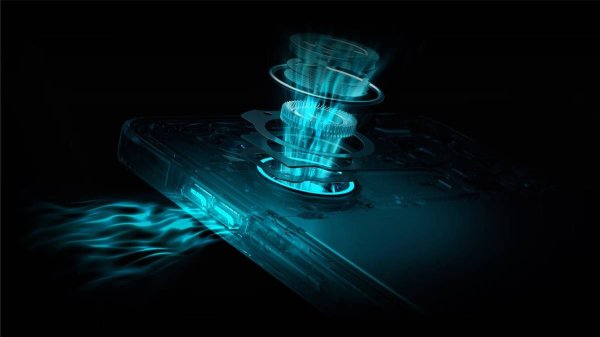
An 18,000rpm cooling fan
The most impressive part of the design is that the Oppo K13 Turbo and Turbo Pro have full water resistance ratings – IPX6 (splashes), IPX8 (submersion) and IPX9 (water jets). The fan is also protected if you drop the phone.
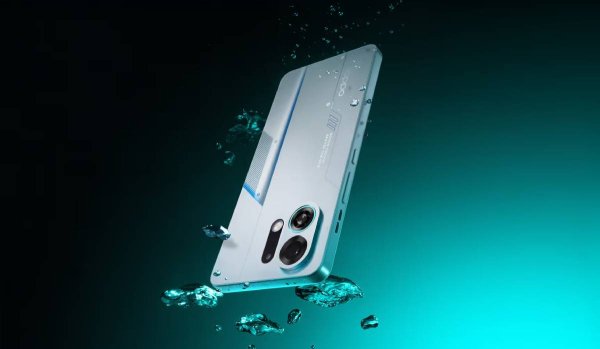
The Oppo K13 Turbo phones are fully waterproof
The different chipsets lead to slightly different thermals. For example, after 3 hours of playing a popular MOBA game in a 25°C room, the K13 Turbo (Dimensity 8450) is still running at 119.9fps and is at 43.3°C. In a similar scenario, the K13 Turbo Pro is at 42.2°C.
Both phones can indeed last a long while with their large 7,000mAh batteries. Oppo advertises 5 years of worry-free battery life. The 80W SuperVOOC charger can get a dead battery up to 68% in half an hour. Bypass charging (running the phone off wall power) is also an option.
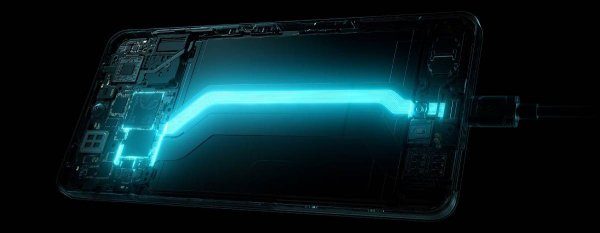
7,000mAh batteries with 80W fast charging and battery bypass
The two phones are equipped with 6.8” OLED displays with 1,280 x 2,800px resolution and 10-bit colors. They have 120Hz refresh rate and 240Hz touch sampling rate. The panels peak at 1,600 nits brightness.
For gaming, both phones implement frame generation, resolution upscaling and Super HDR without putting extra load on their respective GPUs.

Flat 6.8” 1280p+ OLED displays with 120Hz refresh rate
The camera system is fairly basic with a 50MP sensor on the back (27mm f/1.8 lens) and 4K @ 60fps video support. There’s also a 2MP depth sensor on the back. On the front, a 16MP selfie camera (23mm f/2.4 lens) with 1080p @ 30fps video recording. At least the Pro model has OIS on its main camera.
The phones are equipped with stereo speakers and X-axis linear motors for haptic feedback. They have under-display fingerprint readers too (presumably the optical kind).

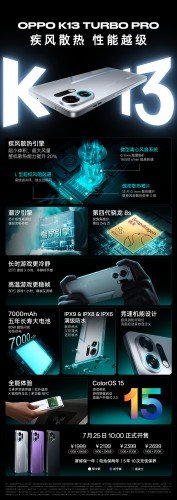
Oppo K13 Turbo and K13 Turbo Pro highlights
The Turbo Pro has Wi-Fi 7 (be) support, while the Turbo only offers Wi-Fi 6 (ax). They also have different 5G band support, which will be important if and when they become available globally.
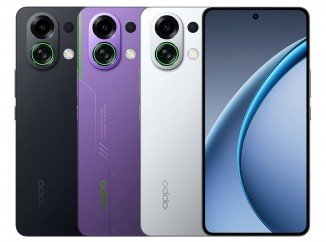
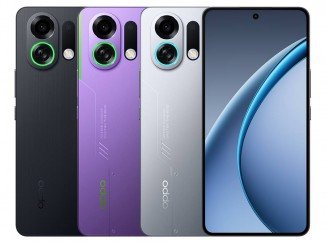
Oppo K13 Turbo and K13 Turbo Pro colors
The Oppo K13 Turbo and K13 Turbo Pro are on pre-sale in China starting today and will be available from July 25 (Friday). Here are the Chinese prices with a currency conversion to USD for context – these are quite affordable for the performance and level of engineering they offer.
| Oppo K13 Turbo | Oppo K13 Turbo Pro | |||
|---|---|---|---|---|
| 12/256GB | CNY 1,800 | $250 | CNY 2,000 | $280 |
| 16/256GB | CNY 2,000 | $280 | CNY 2,220 | $305 |
| 12/512GB | CNY 2,300 | $320 | CNY 2,400 | $335 |
| 16/512GB | – | – | CNY 2,700 | $375 |
Source (in Chinese) | Via

